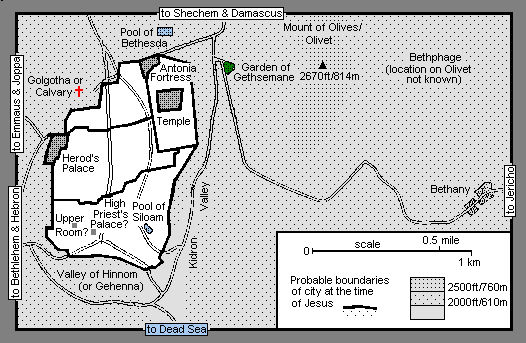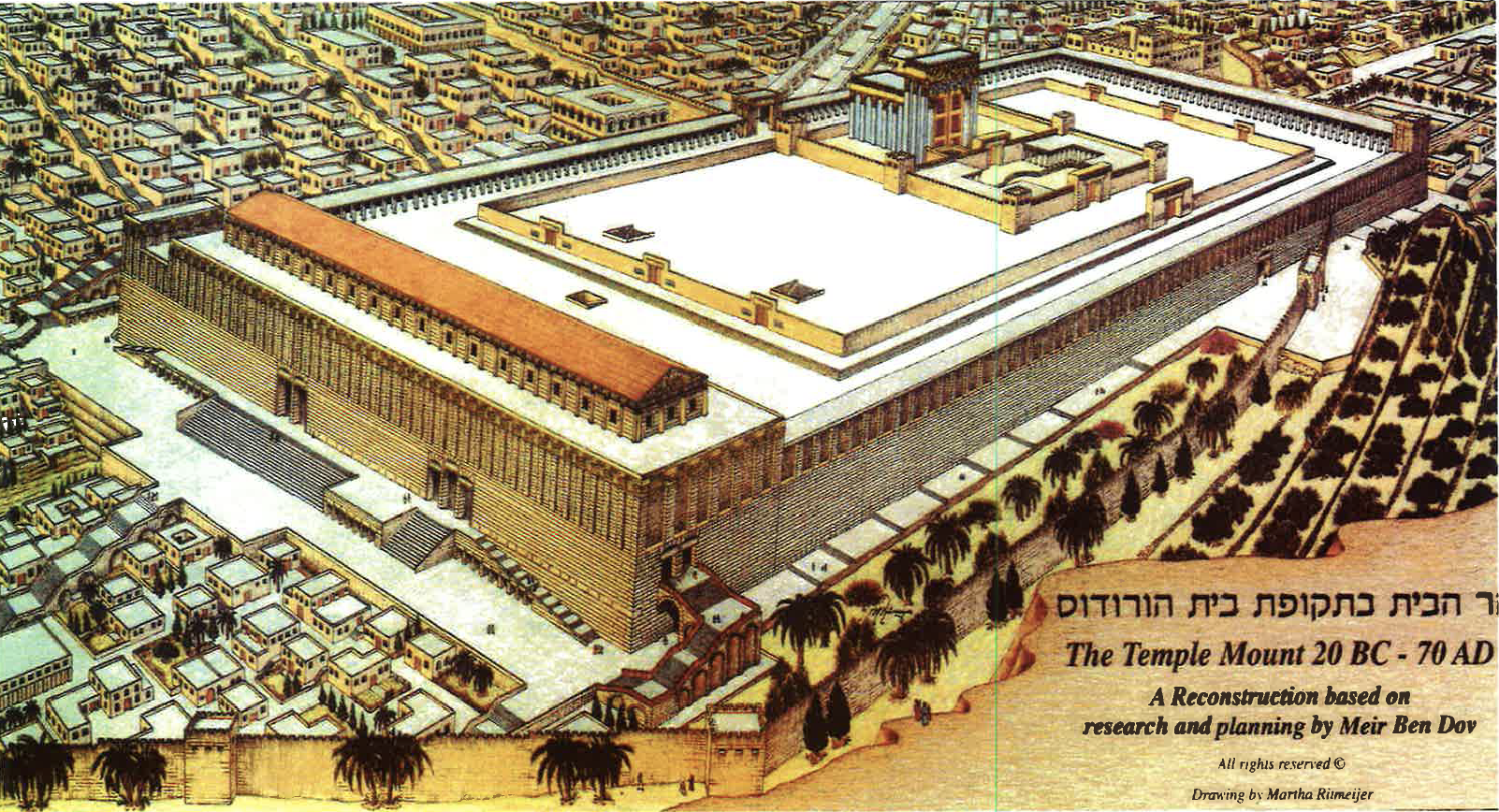
Lazarus, Viruses, & Us
In this world of illness and isolation, distancing and death, making sense of suffering has never been of more critical importance. The Story of Jesus and Lazarus invites us to Bethany to witness the illness of Jesus’ best friend, the spiritual isolation of both Jesus and Lazarus’ sisters, Lazarus’ cruel and untimely death at the hands of an unseen illness as well as Jesus’ unexplained absence from the funeral. Yet when Jesus does finally arrive, “resurrection and life” does too—and everything changes!
Join Lazarus and his sisters on a journey through the great issues of our time as they encounter: devastating illness, unanswered prayer, the abandonment of God, senseless suffering, cruel death, spiritual isolation and deep disappointment. But notice when Jesus does arrive as “Resurrection and Life,” he absorbed every heartache into himself allowing his friends to live in a new Kingdom reality.
Investigate the History Behind the Story

The city of ancient Bethany lies 1.5 miles from Jerusalem, just over the Mount of Olives from the Holy City and the Temple Mount. Bethany was a commuter village for Jerusalem in its day and was known as "the City of Affliction."
It probably got that name because many who came to beg at the temple actually lived in the village. Bethany has been a historic pilgrimage site for Christians and there are many old photos for the town and its most historic marker--the grace of Lazarus.

The Tomb of Lazarus has been identified as the tomb of the gospel account since at least the 4th century. This was the time when Helena, mother of Roman Emperor Constantine, came to the Holy Land and made a thoughtful search for biblical historical sites. Since the 16th century, the site of the tomb has been occupied by the al-Uzair Mosque.
The adjacent Roman Catholic Church of Saint Lazarus, built between 1952 and 1955, stands upon the site of several much older ones. Archeologists have established that the area was used as a cemetery in the 1st century AD, with tombs of this period found "a short distance north of the church."

The entrance to the tomb today is different from the time of Jesus. This is due to the formation of a church, now a mosque, over the original entrance. The tomb is now entered via a flight of uneven rock-cut steps from the street.
As it was described in 1896, there were twenty-four steps from the then-modern street level, leading to a square chamber serving as a place of prayer, from which more steps led to a lower chamber believed to be the tomb of Lazarus. The same description applies today.

A typical home at the time of Jesus would have been much like this one. Remember in Luke 10:38-42, Jesus is found at the home of Martha and Mary where he is in one location enjoying Mary's company while Martha is cooking and preparing a meal. Jesus may have slept overnight on occasion with Lazarus and the sisters (most likely when his disciples were not with him) probably in the outer area of the house where servants also may have slept.
The home gives an idea of where Martha would have later hosted a party for Jesus, and where Mary would have anointed Jesus' feet with fine perfume.

Our story takes place in Bethany at the far-right section of the map. From Bethany, it is a 1.5-mile walk to the Temple over the Mount of Olives.
Golgatha/Calvary, where Jesus was later crucified is on the upper-left section of the map, and Jesus was buried next to Golgatha in a garden tomb. The events of Pentecost would have occurred where the word Temple is located on the map, at the southern steps of the Temple.

Pentecost is the Jewish celebration of the Spring harvest that occurs fifty days after Passover. The book vividly displays the first Christian Pentecost including the location where Peter was standing when he preached the first gospel message, and where Lazarus and the sisters would have gone to be baptized.
This section in the book also includes a map of the Temple at the time of Lazarus, as well as the southern steps covering numerous mitvehs (baptistries) located around the area where people could have been immersed. The book also mentions a platform and statue to Huldah the prophetess that can be located between the two sets of southern steps in the map as well.

The city of ancient Bethany lies 1.5 miles from Jerusalem, just over the Mount of Olives from the Holy City and the Temple Mount. Bethany was a commuter village for Jerusalem in its day and was known as "the City of Affliction."
It probably got that name because many who came to beg at the temple actually lived in the village. Bethany has been a historic pilgrimage site for Christians and there are many old photos for the town and its most historic marker--the grace of Lazarus.

The Tomb of Lazarus has been identified as the tomb of the gospel account since at least the 4th century. This was the time when Helena, mother of Roman Emperor Constantine, came to the Holy Land and made a thoughtful search for biblical historical sites. Since the 16th century, the site of the tomb has been occupied by the al-Uzair Mosque. The adjacent Roman Catholic Church of Saint Lazarus, built between 1952 and 1955, stands upon the site of several much older ones. Archeologists have established that the area was used as a cemetery in the 1st century AD, with tombs of this period found "a short distance north of the church."

The entrance to the tomb today is different from the time of Jesus. This is due to the formation of a church, now a mosque, over the original entrance. The tomb is now entered via a flight of uneven rock-cut steps from the street.
As it was described in 1896, there were twenty-four steps from the then-modern street level, leading to a square chamber serving as a place of prayer, from which more steps led to a lower chamber believed to be the tomb of Lazarus. The same description applies today.

A typical home at the time of Jesus would have been much like this one. Remember in Luke 10:38-42, Jesus is found at the home of Martha and Mary where he is in one location enjoying Mary's company while Martha is cooking and preparing a meal. Jesus may have slept overnight on occasion with Lazarus and the sisters (most likely when his disciples were not with him) probably in the outer area of the house where servants also may have slept.
The home gives an idea of where Martha would have later hosted a party for Jesus, and where Mary would have anointed Jesus' feet with fine perfume.

Our story takes place in Bethany at the far-right section of the map. From Bethany, it is a 1.5-mile walk to the Temple over the Mount of Olives.
Golgatha/Calvary, where Jesus was later crucified is on the upper-left section of the map, and Jesus was buried next to Golgatha in a garden tomb. The events of Pentecost would have occurred where the word Temple is located on the map, at the southern steps of the Temple.

Pentecost is the Jewish celebration of the Spring harvest that occurs fifty days after Passover. The book vividly displays the first Christian Pentecost including the location where Peter was standing when he preached the first gospel message, and where Lazarus and the sisters would have gone to be baptized.